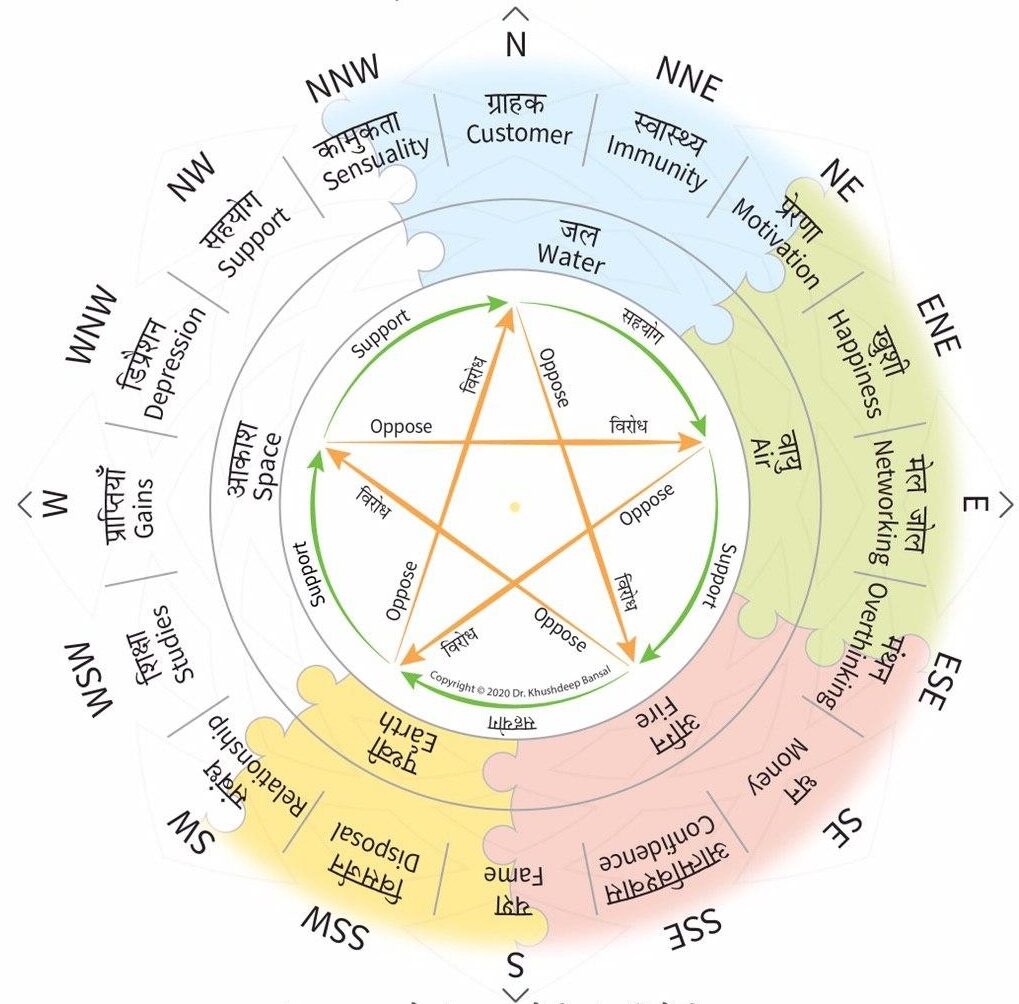Vastu shastra - Scientific approach


Vastu Shastra is an ancient science of architecture and design. It provides guidelines for the layout, structure, and arrangement of spaces to create harmony and balance in living environments. The word “Vastu” in Sanskrit means “Vas Niwase,” which refers to a habitable space for living. This science aims to create spaces that support human growth and well-being.
In the past, Vastu Shastra was mainly used for the design of royal palaces and buildings to ensure the smooth functioning of the king’s rule and the cooperation of the people. Over time, this knowledge spread to the common people, and today, it is widely used for improving life quality through better living environments.
Mahavastu is a modern approach to Vastu Shastra that emphasizes balancing the space without requiring any demolition or major structural changes. It focuses on harmonizing the 16 directions and the five elements (earth, water, fire, air, and space) that make up the universe, as well as considering the three qualities of nature—Rajas (activity), Tamas (inertia), and Sattva (balance). By adjusting these elements and qualities, Mahavastu aims to improve an individual’s life, fostering growth, prosperity, and overall well-being.
In essence, Vastu Shastra is not just about physical structures, but also about creating an environment that positively influences health, relationships, and opportunities for personal and professional development.
